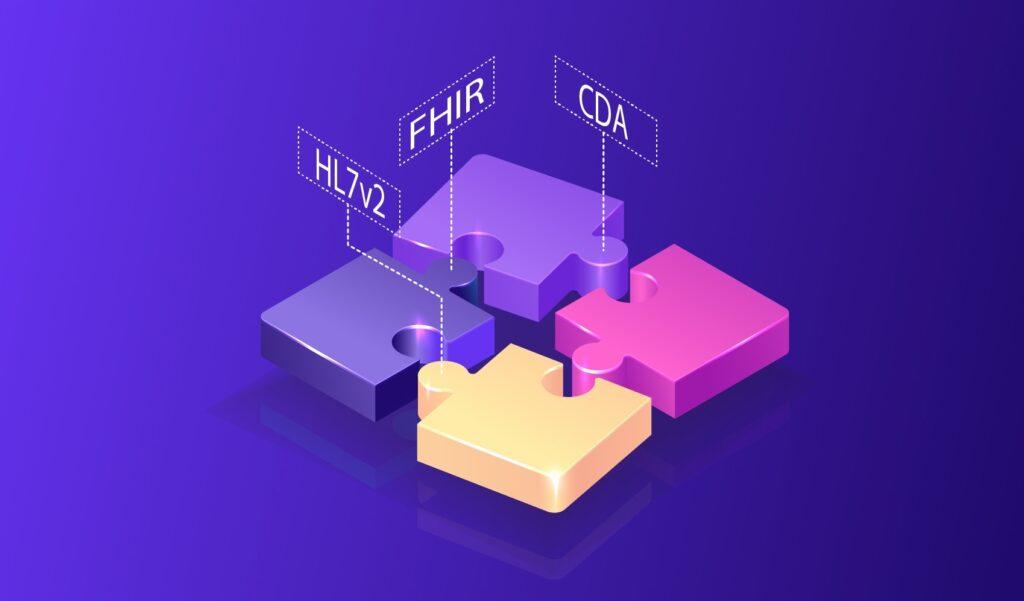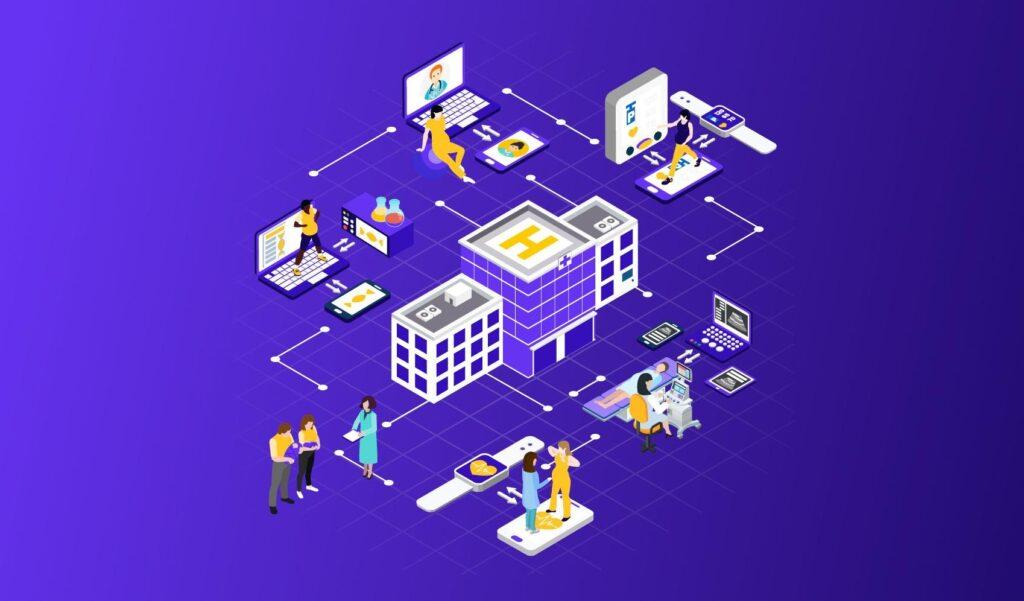Inside a Payer’s Data Warehouse: Integrating Claims, EHR, and HEDIS Feeds for True Healthcare Intelligence
The traditional payer data warehouse, once the cornerstone of healthcare data management, is now showing its limitations in a world driven by value-based care, real-time quality reporting, and member engagement. Its design, focused on retrospective billing, actuarial risk models, and member enrollment systems, is no longer sufficient in today’s competitive landscape.
To stay ahead, modern payers must transform their data infrastructure. And at the core of this transformation is a seemingly complex but mission-critical goal: integrating claims data, EHR data, and HEDIS feeds into a cohesive, governed, and intelligent data warehouse.
Let’s go under the hood and explore what it takes to architect this transformation.
Why Integration Matters: Claims Alone Aren’t Enough
Claims data is rich in cost, utilization, diagnoses, procedures, and billing events. But it suffers from critical limitations:
- Delayed timelines – often lagging by weeks or months
- Lack of clinical depth – missing vital signs, lab values, behavioral data
- Gaps in continuity, especially when members switch providers or plans
On the other hand, EHRs provide granular clinical information, but they are localized, inconsistent, and not designed for payer-level population analytics.
And finally, HEDIS data, primarily through NCQA’s evolving ECDS model, introduces structured reporting on quality measures, but often lacks a centralized pipeline or master data model.
Together, integrating all three provides a 360° member view. It’s the difference between analyzing fragments of care versus understanding the whole healthcare journey of a member.
What Does an Integrated Payer Data Warehouse Look Like?
A next-gen payer data warehouse is not a monolith- it’s a modular, metadata-driven system designed to:
- Ingest data from diverse clinical and administrative sources
- Reconcile patient identities across silos
- Normalize semantics for accurate analytics
- Track data lineage and maintain compliance
- Enable self-service exploration for quality, risk, and actuarial teams
Let’s break it down layer by layer.
1) Ingestion Layer: Connecting the Data Pipes
Data arrives from multiple ecosystems:
| Source | Format | Example |
|---|---|---|
| Claims | X12 837/835, NCPDP | Diagnosis, procedures, cost, prescriptions |
| EHR | HL7v2, CDA, FHIR APIs | Lab results, vitals, encounter summaries |
| HEDIS | Flat files, ECDS formats | Quality metrics (e.g., gaps, compliance) |
| HIEs | FHIR Bulk, CCDA | Cross-provider clinical data |
| SDoH | Screening tools, community data | Housing, transportation, food insecurity |
Modern ingestion platforms like Kafka, Airbyte, or FHIR subscription engines enable both batch and streaming feeds. Time-stamping and metadata capture ensure traceability and real-time audit trails.
2) Master Patient Index (EMPI): The Identity Glue
One of the biggest challenges in healthcare data is resolving identity across systems.
An EMPI solution helps by:
- Assigning a unique member ID to reconcile records from multiple systems
- Using deterministic and probabilistic algorithms for fuzzy matching
- Managing stewardship workflows for potential conflicts
- Supporting referential matching with national datasets
A robust EMPI is non-negotiable, especially when multiple provider systems contribute fragmented views of the same individual.
3) Semantic Normalization: Speaking the Same Language
Semantic chaos is a hidden killer in healthcare analytics. The same condition can be coded in hundreds of ways.
That’s why you need a semantic layer that:
- Maps diagnosis codes (ICD-10) and clinical terms (SNOMED)
- Standardizes lab results to LOINC
- Harmonizes meds to RxNorm or NDC
- Aligns procedures to CPT/HCPCS
- Normalizes social determinants to LOINC Z codes
Modern semantic services (e.g., FHIR Terminology Services) can automate much of this mapping and ensure terminological consistency across data marts.
Tip: Use mapping tables and terminology services that are updated quarterly to stay aligned with regulatory changes.
4) Canonical Data Modeling: The FHIR Foundation
Rather than modeling per source, use FHIR-based canonical models to harmonize data.
For example:
- One Patient resource across all sources
- Encounter, Observation, Condition, Procedure, and Immunization resources
- Time-ordered Bundle or Composition views for audit and review
FHIR also enables bulk export (NDJSON), fine-grained access, and interoperable APIs for downstream analytics or app development.
5) Warehousing and Analytics Layer: Making Data Usable
Once structured and normalized, the data is loaded into:
- Star-schema marts for reporting (e.g., HEDIS Mart, Utilization Mart)
- Columnar warehouses (e.g., Snowflake, BigQuery, Redshift)
- OLAP cubes for quality dashboards
- Machine Learning feature stores for risk and cost prediction
Key analytics use cases include:
- Predictive modeling for ED utilization or chronic disease flare-ups
- Stars optimization through HEDIS tracking
- Care gap outreach to close missing screenings
- Risk adjustment and documentation audits
Arcadia has documented the integration of 2M+ patient records across 58 sources for these exact reasons.
6) HEDIS & ECDS: Where Quality Meets Real-Time Data
The Old Way:
- Claims-based measurement
- Manual chart reviews
- 3–6 month lag in measure closure
The New Way:
- HEDIS ECDS allows structured clinical data from EHRs, HIEs, and apps
- Payers can automate quality tracking, reduce chart-chasing, and get real-time compliance views
- Measures like depression screening, BMI, immunizations, and colorectal screening benefit most
According to NCQA, ECDS reporting is a future-proof way to measure quality more holistically.
One Availity implementation achieved 40% gap closure improvement by combining EHR + claims in HEDIS processing (Availity Case Study).
Strategic Outcomes of Integration
Here’s what integrated warehouses unlock:
| Function | Value |
|---|---|
| Population Health | Identify rising-risk members early, using labs + visits + gaps. |
| Utilization Management | Reduce ED overuse, predict readmission risks |
| Care Coordination | Outreach based on real-time gaps, medication adherence, and screenings |
| Risk Adjustment | Identify undocumented chronic conditions using cross-source evidence |
| Regulatory Reporting | Automate Stars/HEDIS, support CMS QPP, and Medicaid audits |
Challenges to Watch Out For
- EHR integration overhead – Varies widely by vendor
- FHIR adoption gaps – Not all systems offer full APIs
- Data mapping ambiguity – Especially in free-text clinical notes
- Consent and governance – Must enforce 42 CFR Part 2, HIPAA, and SDoH sensitivity
- Data latency and lag – ADT feeds and event-driven architecture can help
Conclusion: The Intelligent Payer Data Platform Is Here
A payer that integrates claims, clinical, and HEDIS data is no longer reactive. It becomes intelligent, member-focused, and quality-driven.
With a well-architected data warehouse, payers can:
- Drive measurable Stars and HEDIS improvements
- Optimize risk-adjusted revenue
- Improve member engagement and satisfaction
- Collaborate with providers through data transparency
At TechVariable
We help payers and healthcare companies design and implement integrated data platforms, built on:
- FHIR-first architecture
- Scalable ingestion frameworks
- Smart data modeling
- Robust EMPI and semantic normalization
- HIPAA- and NCQA-compliant governance



